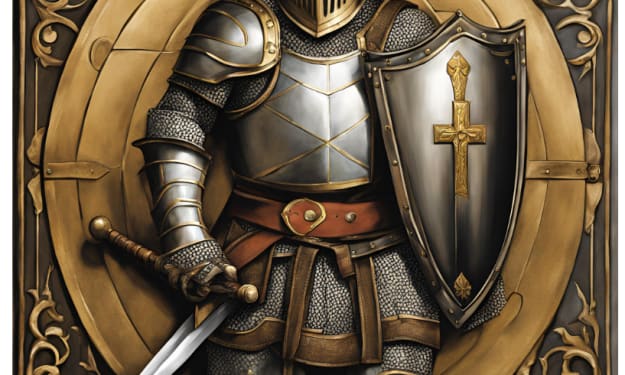Jallikattu 2023
The Jallikattu 2023 event will take place in three villages - January 15 in Avaniyapuram, January 16 in Palamedu, and January 17 in Alanganallur.

The festival of Pongal is celebrated with fervour, especially in Tamil Nadu. The cattle stock is worshipped and Jallikattu is observed. For those who are unaware, Jallikattu is a sport where a bull is left open in the crowd, and individuals partaking in the sport are supposed to take possession of the bull by clasping onto its hump for as long as they can.
Jallikattu is derived from two terms - "salli" which means coins and "kattu" which means package. In older times, a bundle of coins was also tied to the bull's horns which the participants had to take to tame the bull.
Jallikattu 2023: All about its history and significance:
To protect the indigenous, pure-bred bulls, Jallikattu was used as a traditional method by peasants. Jallikattu reportedly originated in the Tamil Classical Era, which lasted from 400 to 100 BC.
Indus Valley civilization's seal depicting Jallikattu is still preserved in the National Museum of New Delhi. A cave painting in Madurai also shows a solitary man trying to control a bull. The cave painting is estimated to be about 1,500 years old.
For the unversed, Jallikattu is also known as 'Eru Thazhuvuthal' and 'Mancuvirattu'. A practice called 'Mann Kuthal' also happens where bulls are trained to expand their skills by digging their horns in the wet earth.
Jallikattu allows farmers to preserve the indigenous breed of bulls.
Jallikattu 2023: Date
This year, in 2023, Jallikattu will be held between January 15 and 17 Tamil Nadu's Madurai. The festival is mostly celebrated in three villages -Avaniyapuram, Palamedu, and Alanganallur.
The Jallikattu 2023 event will take place on three dates in these three villages - January 15 in Avaniyapuram, January 16 in Palamedu, and January 17 in Alanganallur.
Jallikattu 2023: Venue
The Jallikattu 2023 event will take place in three villages of the Madurai district in Tamil Nadu - Avaniyapuram, Palamedu, and Alanganallur.
Avaniyapuram is 6 km from Madurai city, while Palamedu is around 22 km from the city. Alanganallur, on the other hand, is 15-16 km from the city. Reportedly, Alanganallur attracts larger crowds than the other two.
Vadi manjuviraṭṭu: This is the most common category of jallikattu. The bull is released from a closed space (vadi vasal) and the contestants attempt to wrap their arms or hands around the hump of the bull and hold on to it to win the award. Only one person is allowed to attempt at a time. This variant is most common in the districts of Madurai, Theni, Thanjavur, and Salem.
Vēli viraṭṭu:
In this variant the approach is slightly different as the bull is directly released into open ground. The rules are the same as that of vadi majuviraṭṭu. This is a popular variant in the districts of Sivagangai and Madurai.
Vaṭam manjuviraṭṭu:
In this variant, the bull is tied with a 15 m (49 ft) rope (vatam means 'circle' in Tamil). There are no other physical restrictions for the bull and hence it can move freely anywhere. The maximum time period given is 30 minutes. A team of seven to nine members can attempt to untie the gift token that is tied on the bull's horn.
Bulls enter the competition area through a gate called the vadi vasal. Typically, participants must only hold onto the bull's hump. In some variations, they are disqualified if they hold onto the bull's neck, horns or tail. There may be several goals to the game depending on the region. In some versions, contestants must either hold the bull's hump for 30 seconds or for 15 metres (49 ft). If the contestant is thrown by the bull or falls, they lose. Some variations only allow for one contestant. If two people grab the hump, then neither person wins.
Preparation:
- A written permission is obtained from the respective collector, thirty days prior to conduct of event along with notification of the event location.
- The arena and the way through which the bulls pass through is double-barricaded, in order to avoid injuries to the spectators and by-standers who may be permitted to remain within the barricades.
- The necessary gallery areas are built up along the double barricades.
- The necessary permissions are obtained from the collector for the participants and the bulls fifteen days prior.
- Final preparation before the event include a complete testing by the authorities of the Animal Husbandry Department, to ensure that performance enhancement drugs, liquor or other irritants are not used on the bulls.
About the Creator
Enjoyed the story? Support the Creator.
Subscribe for free to receive all their stories in your feed. You could also pledge your support or give them a one-off tip, letting them know you appreciate their work.





Comments
There are no comments for this story
Be the first to respond and start the conversation.